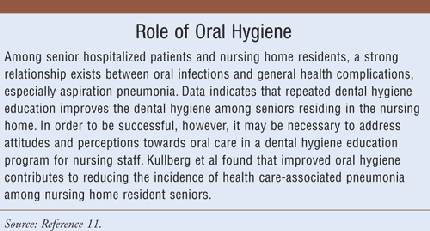Pneumonia is an infection of the lungs. There are many different causes of pneumonia. Usually caused by bacteria, fungi, parasites or virus. This is a very common disease that occurs in all age groups and is the leading cause of death. He gets cured about two to three weeks. This is more serious than bronchitis. In some cases, pneumonia and bronchitis are found together, and this is known as broncho-pneumonia. The most important symptom of the disease is shortness of breath. Some causes of pneumonia is fungal infection, irritant dust, irritation, worms, inhaling foreign material, infection, harmful gases or vapors. Apart from these other causes of pneumonia may be faulty eating habits and lifestyle. This disease usually starts with upper respiratory tract infection i. e nose and throat infections. However, symptoms of pneumonia begin after two or three days of cold or sore throat. Risk factors for pneumonia are listed below:
If you have been injured or operation
smoking or alcohol use
If you have diseases such as diabetes, cardiovascular diseases or HIV / AIDS
This disease can also be purchased from the hospital
Effect of some pollutants or chemicals
Symptoms of pneumonia:

common symptoms of pneumonia are listed below:
Shortness of breath nausea, vomiting and m ' muscular pain
Cough bluish or gray lips and fingernails in extreme cases
rapid breathing and heartbeat
Chest pain
loss of appetite Abdominal pain
Reduced activity
Fever History of untreated respiratory infection >> << pneumonia symptoms in children a sense of illness and fever, and lethargy. In addition to these symptoms of the disease varies depending on the causes and some other factors. Different types of pneumonia and the symptoms listed below:
symptoms of bacterial pneumonia, cough, which removes the green liquid, heat, cold, accompanied by palpitations and trembling and the skin becomes blue
symptoms of viral pneumonia, fatigue and weak, dry cough and chest pain should be a headache and fever
symptoms of mycoplasma pneumonia, fatigue, fever, painful articulation, dry cough and sore throat >> << People who are at high risk of being affected by strattera 10mg the disease the elderly and children. Elders mainly affects pneumonia caused by bacteria or virus. People under the age of forty groups at high risk of being affected mycoplasma pneumonia. This disease can be prevented if you take some necessary simple steps such as quitting smoking, wash hands properly after come in contact with a person affected by the disease. There are many different treatments that are available for pneumonia. They can be as antibiotics or in case of severe cases, provide oxygen and other ancillary treatments. You can also opt for home treatment of pneumonia, such as tea prepared from fenugreek seeds and ginger paste or use outside the chest. .
,



